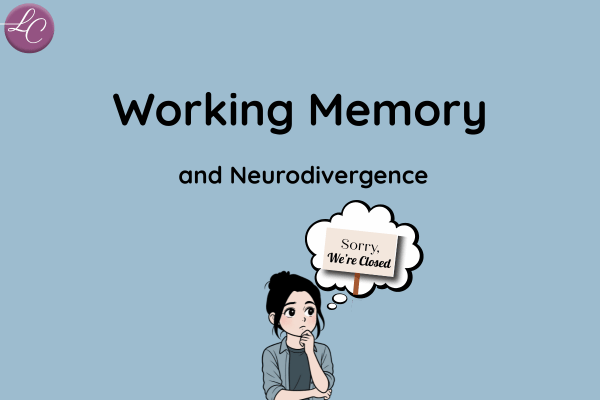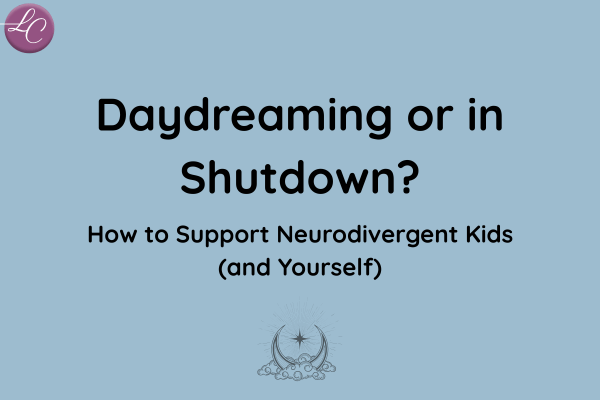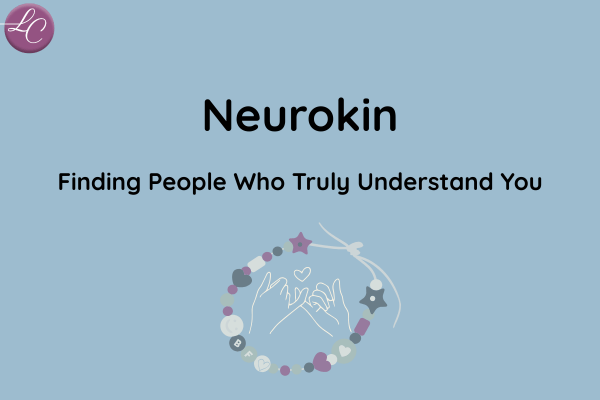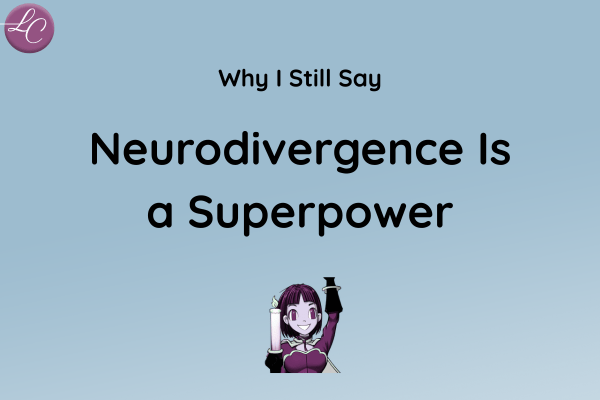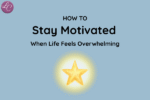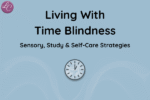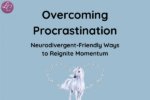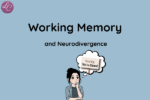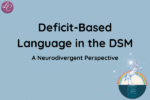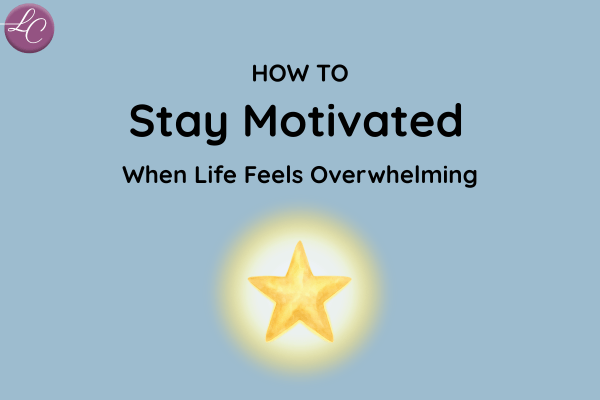
How to Stay Motivated When Life Feels Overwhelming
How to Stay Motivated When Life Feels Overwhelming
Neurodivergent-Friendly Strategies
We’ve all had moments where motivation vanishes.
For neurodivergent adults, these moments can arrive suddenly, like a wave washing away plans and focus.
Staying motivated isn’t about forcing yourself harder — it’s about reconnecting with spark, meaning, and manageable steps that actually suit how your mind works.
Understanding Motivation in the Neurodivergent Brain
Motivation is sensory, emotional, and cognitive. From the inside:
- Tasks may feel heavy or impossible, even when you “should” want to do them.
- Excitement and engagement often appear in bursts, not steadily.
- Small steps feel more achievable than long lists or big deadlines.
Recognising this pattern is the first step to working with your brain, not against it.
Practical Tips to Reignite Momentum
- Micro-steps and bite-sized goals – Instead of tackling a whole project, focus on one small part. Each success fuels the next.
- Engage your senses – Light a candle, play soft music, or use textured objects while working to anchor focus.
- Create visual or tactile reminders – Checklists, sticky notes, or objects in your workspace act as cues for action.
- Reward movement and breaks – Short walks, stretches, or sensory resets help reset the brain.
- Reconnect with purpose – Remind yourself why this matters, linking tasks to meaning, curiosity, or long-term goals.
Watch the Video
Closing Reflection
Struggling to stay motivated isn’t failure — it’s about finding your rhythm.
Some days the wave carries you forward, some days it pulls you under.
By creating small, sensory-aware steps, and reconnecting with your spark, you can ride the momentum back to flow.
🌿 If you’d like guidance on building practical strategies, emotional support, or sensory-aligned routines, connect with me here.
You May Be Interested…
If you struggle to stay motivated has been a challenge, you might also enjoy my earlier posts:
- Working Memory and Neurodivergence,
- Overcoming Procrastination: Neurodivergent-Friendly Ways to Reignite Momentum, and
- Living With Time Blindness as a Neurodivergent Adult.
Each explores different ways neurodivergent adults experience focus, flow, and overwhelm — from understanding how your mind works to creative, sensory-aligned strategies for reconnecting with momentum. You’ll find them all on my YouTube channel, Different… and Loving It!

